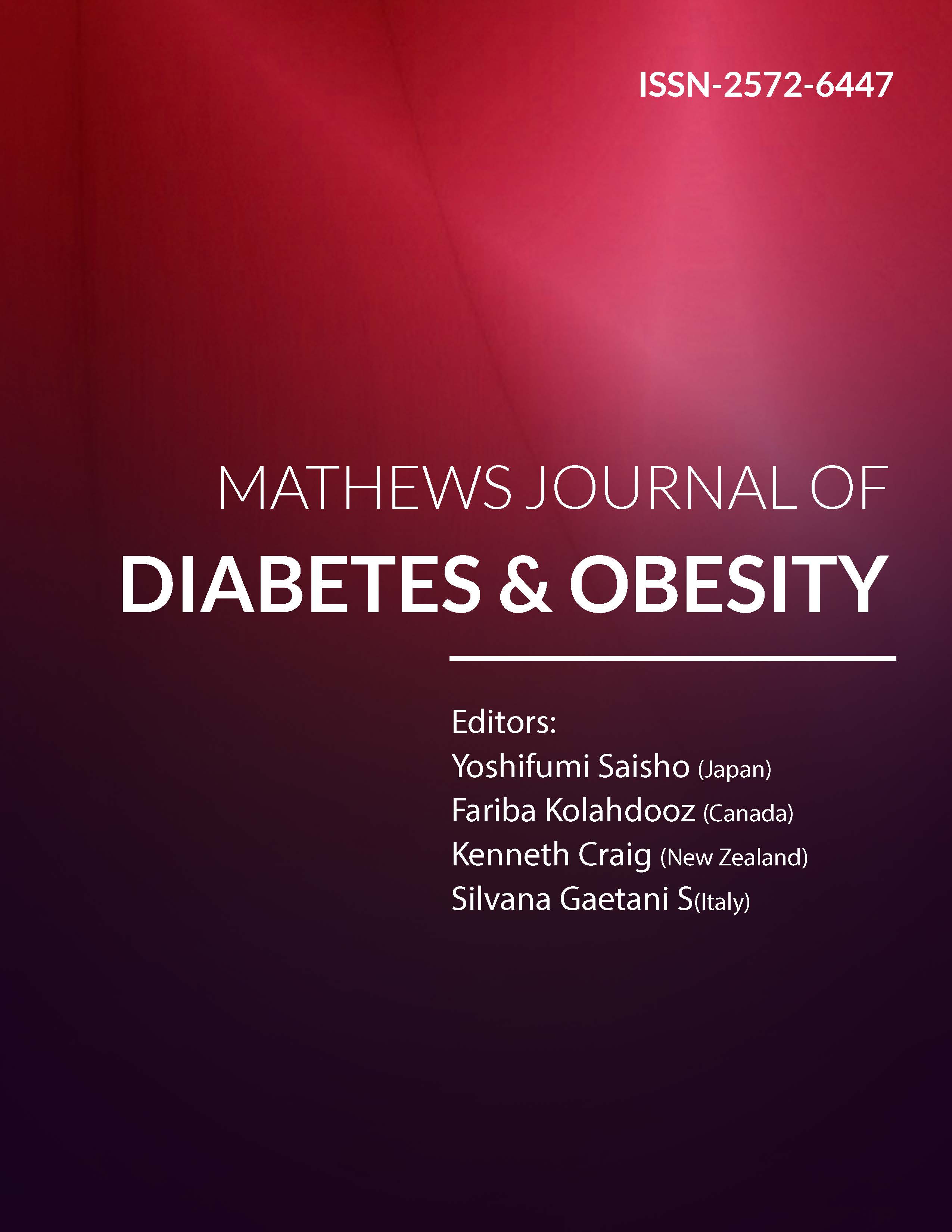
Information Links
Previous Issues Volume 2, Issue 1 - 2017
Prevalance of Chronic Complications and Drug Utilization Pattern of Type II Diabetes Mellitus
Santusta Adhikari1, Sunil Shrestha1*, Rajani Shakya2, Niranjan Koirala3
1Pharm.D, Department of Pharmacy, Kathmandu University, Dhulikhel, Nepal.
2Head of Department, Department of Pharmacy, Kathmandu University, Dhulikhel, Nepal.
3Head of Department, Department of Medical Biochemistry, Pokhara University, Sinamangal, Nepal.
Corresponding Author: Sunil Shrestha, Pharm.D, Department of Pharmacy, Kathmandu University, Dhulikhel, Nepal,
E-Mail: [email protected]
Received Date: 27 Feb 2017
Accepted Date: 08 Mar 2017
Published Date: 13 Mar 2017
Copyright © 2017 Shrestha S
Citation: Adhikari S, Shrestha S, Shakya R and Koirala N. (2017). Prevalance of Chronic Complications and Drug Utilization Pattern of Type II Diabetes Mellitus. Mathews J Diabetes Obes 1(1): 006.
ABSTRACT
Background: Diabetes is an emerging global health problem in Nepal. Currently there is dearth of nation-wide data regarding the prevalence of chronic complications and drug utilization pattern. This study will help health-care professionals approach management more aggressively to prevent complications.
Objectives: To assess the prevalence of chronic complications of type 2 diabetes and analyze drug utilization pattern at tertiary care health centers of Nepal.
Methods: This is a descriptive, prescription based, and retrospective study. A sample size of 98 was selected systematically. Data were collected from patient case records and Prescriptions. The obtained data were entered in the structured patient profile form, and the filled forms were analyzed.
Results: Out of the total 98 cases evaluated, 52 (53.06%) were males and 46(46.93%) were females. The mean age was 54.24±12.48. At least one chronic complication was found in 71(72.44%) of the study subjects. The prevalence of the associated diabetic complications were as follows viz. Hypertension (51.02%), IHD (23.46%), retinopathy (28.57%), nephropathy (24.48%) Neuropathy (15.30%), dyslipidemia (45.91%), diabetic foot (5.10%) and cerebrovascular conditions (1.02%). The overall utilization pattern of drugs were as follows viz. anti-diabetics ( 39.30%), anti-hypertensive ( 12.59%), antiplatelets( 9.6%), lipid lowering agents ( 10.2%), vitamins and minerals ( 10.58%),GI drugs( 7.29%), antimicrobials( 5.29%), others (5.10%). Among anti-diabetic drugs, metformin (39.30%) was the most preferred agent both as monotherapy and combination therapy. Likewise, preferred drugs for management of hypertension, IHD, dyslipidemia and neuropathy were ACEI (28.98%), Aspirin (75.47%), Atorvastatin (78.57%), and Amitriptyline (41.1%) respectively.
Conclusion:The prevalence of chronic complication among type 2 diabetic patients was found to be high. Although poly pharmacy was observed, drug utilization pattern can be rational owing to higher prevalence of complications. Early diagnosis, intensive blood glucose control and rational drug selections should be encouraged to minimize the occurrence of complications.
KEYWORDS
Chronic Complication; Diabetes; Nepal; Drug Utilization.